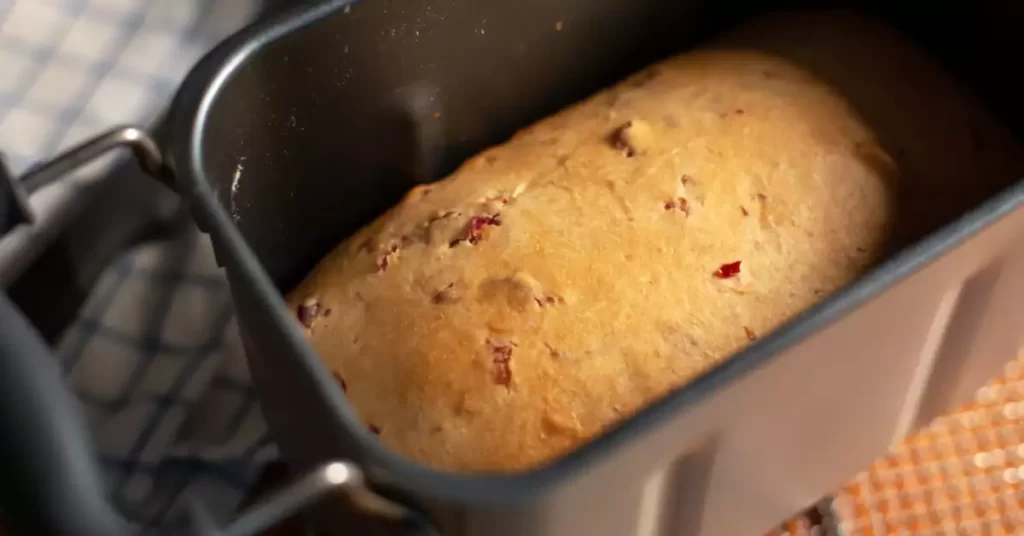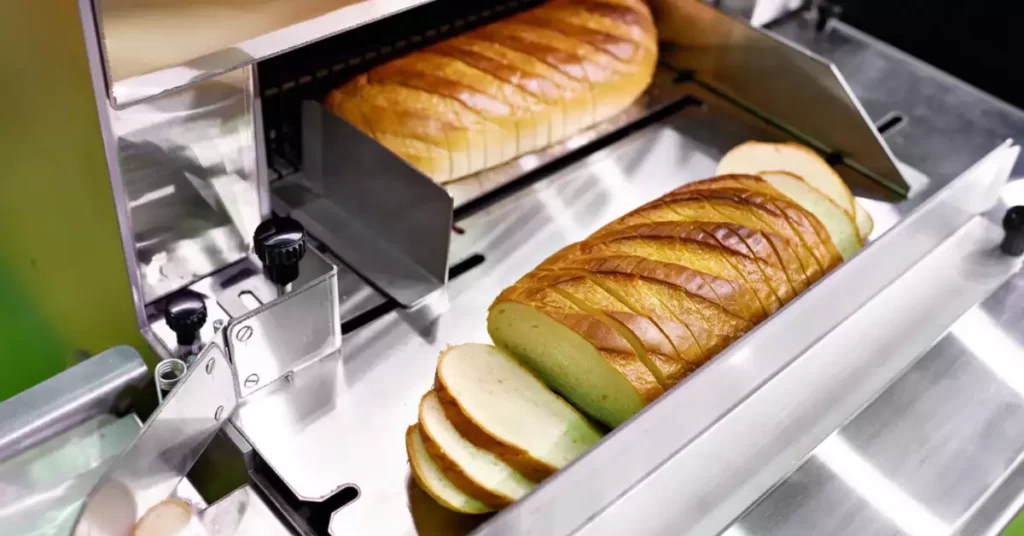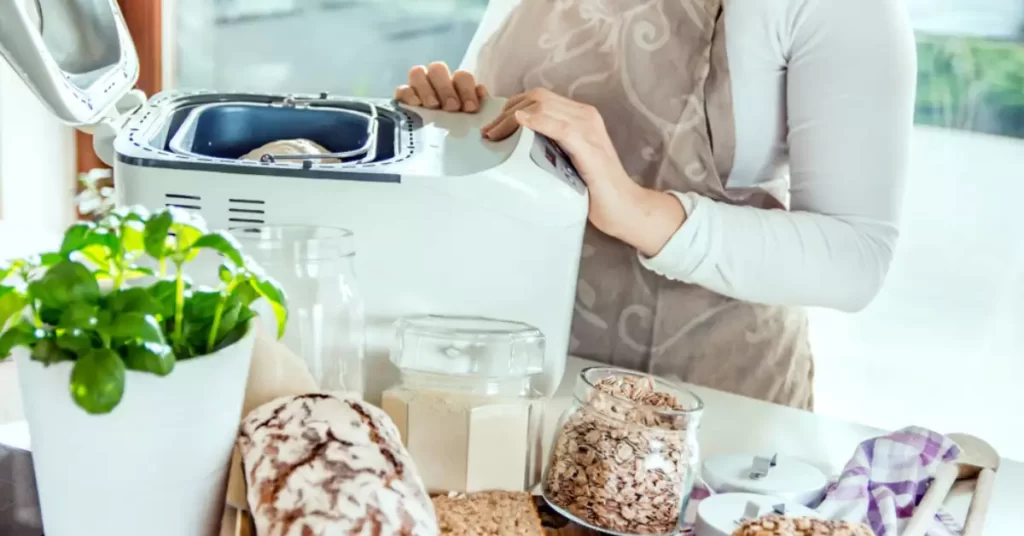When it comes to fresh bakery bread, there’s something undeniably enticing about its soft and pillowy texture. Bakeries have mastered the art of creating irresistibly soft bread that keeps customers coming back for more. But how exactly do they achieve that perfect level of softness? In this article, we’ll dive deep into the world of bakery bread and uncover the secrets behind its tantalizing texture.
Bakeries employ various techniques and ingredients to create bread with a soft and fluffy crumb. By understanding the science and craftsmanship behind the process, you can not only appreciate the efforts that go into making bakery bread but also learn how to replicate that softness in your own homemade loaves. So, let’s explore the fascinating journey of how bakeries make bread so incredibly soft.
What Makes Bread Soft?
Bread’s softness primarily comes down to a combination of factors, including the ingredients used and the specific techniques employed during the baking process. To understand how bakeries achieve that soft texture, let’s examine the key elements at play:
Ingredients: Bakeries prioritize high-quality ingredients to create soft bread. Fresh yeast, for example, contributes to the bread’s lightness and soft crumb. Additionally, bakeries opt for high-protein flour, as the gluten formed during kneading provides structure and elasticity to the dough.
Dough Hydration: The amount of water used in the dough significantly affects the bread’s softness. Higher hydration levels produce a more open crumb and a softer texture. Bakeries carefully calculate the hydration ratio to achieve the desired results.

How Do Bakeries Source Their Ingredients?
The quality of ingredients directly impacts the final product, and bakeries understand this well. They establish strong relationships with trusted suppliers to source the finest ingredients for their bread-making process. By procuring fresh yeast and high-protein flour, bakeries ensure optimal results in terms of taste, texture, and softness.
The Importance of Water in Bread Making
Water is a fundamental component in bread making, serving multiple purposes throughout the process. Understanding its role and the optimal water-to-flour ratio is crucial for achieving soft and delicious bread.
Dough Hydration and Gluten Development
The hydration level of the dough, which refers to the ratio of water to flour, significantly impacts the bread’s texture. The water hydrates the proteins in the flour, particularly gluten, which is responsible for the dough’s elasticity and structure.
When water is added to the flour, it activates enzymes that break down starches into sugars. These sugars provide nourishment for the yeast and contribute to flavor development.
Additionally, the water facilitates the formation of gluten strands by enabling the proteins to bond and form a network. This network traps the carbon dioxide produced by yeast during fermentation, creating air pockets that give the bread its soft and airy crumb.
Achieving the Optimal Hydration Level
Bakeries carefully calculate and control the hydration level to achieve the desired softness in their bread. The specific hydration ratio can vary depending on the type of bread being made, the desired texture, and the characteristics of the flour used. Higher hydration levels, generally above 60%, result in bread with a more open crumb structure and a softer texture.
Bakeries may adjust the hydration level based on factors like the protein content of the flour, the specific recipe, and the environmental conditions. Expert bakers skillfully manipulate the water-to-flour ratio to achieve the perfect balance of moisture and structure, resulting in irresistibly soft bread.
Water Temperature and Dough Consistency
In addition to the hydration level, the temperature of the water used in bread making also affects the dough’s consistency and the final texture of the bread. Warmer water speeds up yeast activity, leading to a quicker rise and fermentation process. Cooler water, on the other hand, slows down yeast activity, allowing for longer fermentation and flavor development.
Bakeries carefully control the water temperature, taking into account the desired rise time, ambient temperature, and other factors. By adjusting the water temperature, bakers can manipulate the fermentation process and achieve the desired softness, flavor, and texture in the bread.
How Does Kneading Affect Bread’s Softness?
Kneading is a crucial step in bread making that plays a significant role in developing gluten and determining the final texture of the bread. Through kneading, bakers work the dough to strengthen its structure and create the desired softness.
Gluten Development and Elasticity
Gluten, a combination of proteins present in wheat flour, is responsible for the elasticity and structure of bread. Kneading activates the gluten proteins and aligns them into a strong and elastic network. This network allows the dough to capture and hold the carbon dioxide produced by yeast, resulting in a light and airy texture.
During kneading, the gluten strands stretch and align, forming a cohesive structure that can trap air and expand during fermentation. The longer and more vigorous the kneading process, the more developed and elastic the gluten becomes. This development contributes to a softer, more tender crumb in the finished bread.

Different Kneading Techniques
Bakeries employ various kneading techniques to achieve consistent results and the desired softness in their bread. The choice of kneading method depends on factors such as the type of bread being made, the volume of dough, and the equipment available.
Hand Kneading: This traditional method involves manually working the dough on a clean surface, using a pushing and folding motion. Hand kneading allows bakers to have direct control over the dough’s texture and can help develop a good feel for the dough’s consistency.
Stand Mixer Kneading: Stand mixers equipped with dough hooks provide a convenient and efficient way to knead dough. The machine replicates the motion of hand kneading, saving time and effort while ensuring consistent results.
Dough Sheeters: In commercial bakeries, dough sheeters are often used for large-scale production. These machines flatten and stretch the dough, effectively kneading it to develop gluten and create the desired texture.
Bakeries select the most suitable kneading technique based on their specific requirements, equipment availability, and the desired outcome for their bread.
The Science Behind Proofing and How It Makes Bread Soft
Proofing is a critical stage in bread making that allows the dough to rise, develop flavor, and achieve a soft and airy texture. Understanding the science behind proofing is key to producing delicious and tender bread.
Fermentation and Flavor Development
During proofing, the dough undergoes fermentation, a process driven by the activity of yeast. Yeast consumes the sugars in the dough and produces carbon dioxide gas as a byproduct. This gas gets trapped within the gluten network, causing the dough to rise.
As yeast ferments the dough, it also produces flavor compounds that contribute to the bread’s taste and aroma. The longer the fermentation process, the more time the yeast has to develop complex flavors, resulting in a more flavorful loaf of bread.
Optimal Proofing Conditions
To achieve the desired softness and flavor in bread, bakeries carefully control the proofing conditions. Factors such as temperature, humidity, and proofing time are crucial for obtaining consistent and high-quality results.
Temperature: Proofing at a moderate temperature, typically around 24-27°C (75-80°F), is ideal for yeast activity. Warmer temperatures accelerate fermentation but may lead to overproofing, while cooler temperatures slow down fermentation. Bakeries create the optimal proofing environment by controlling the ambient temperature or using specialized proofing chambers.
Humidity: Maintaining a slightly humid environment during proofing prevents the dough’s surface from drying out, enabling proper expansion and rise. Some bakeries use steam injection or cover the dough to maintain the desired humidity level.
Proofing Time: The proofing time depends on various factors, including the dough’s hydration, the ambient temperature, and the desired flavor and texture. Bakeries follow specific recipes and experienced bakers know how to gauge the dough’s readiness for baking by visual cues, such as doubling in size or passing the “finger poke” test.

Baking Process and Its Effect on Bread’s Softness
The baking process plays a vital role in transforming proofed dough into a beautifully golden and soft loaf of bread. The right temperature and baking time are crucial for achieving the desired texture and preserving the softness of the dough.
Oven Temperature and Heat Transfer
Bakeries carefully select the oven temperature for baking bread to achieve the best results. Typically, bread is baked at a higher temperature, usually around 200-230°C (400-450°F), depending on the specific recipe and type of bread.
The initial high temperature helps create steam within the dough, causing it to rise and set the structure quickly. This steam, along with the trapped air pockets formed during proofing, contributes to the bread’s light and airy texture.
Baking Time and Crust Formation
The baking time varies depending on the size and type of bread, as well as the desired crust color and texture. A longer baking time can result in a darker crust and a chewier texture, while a shorter time may lead to a lighter crust and a softer texture.
Bakeries have precise baking schedules and know when the bread is perfectly baked based on visual cues, such as a golden brown crust and a hollow sound when tapped on the bottom. By carefully monitoring the baking time, they ensure that the bread retains its softness while achieving an appealing crust.
How Do Bakeries Ensure Consistent Quality and Softness?
Maintaining consistent quality and softness in bakery bread requires a combination of expertise, attention to detail, and quality control measures. Bakeries employ several strategies to achieve these goals.
Experienced Bakers
Skilled and experienced bakers play a vital role in ensuring consistent quality and softness in bakery bread. They have a deep understanding of the ingredients, techniques, and processes involved. Their expertise allows them to make necessary adjustments in real-time, ensuring optimal results.
Bakers have a keen sense of touch, sight, and smell when working with dough, allowing them to assess its readiness and adjust factors like hydration, kneading, proofing, and baking accordingly. Their knowledge and intuition contribute significantly to the overall quality and softness of the bread.
Quality Control Methods
Bakeries implement rigorous quality control measures to maintain consistent softness and quality in their bread. These measures include:
- Ingredient Selection: Bakeries carefully select and source high-quality ingredients, such as fresh yeast and premium flour, to ensure optimal softness and flavor.
- Recipe Standardization: Bakeries develop and follow standardized recipes that outline specific techniques, measurements, and processes to achieve consistent results.
- Process Monitoring: Throughout the production process, bakeries monitor critical parameters such as dough hydration, proofing time, and baking temperature to maintain quality and softness.
- Taste Testing and Evaluation: Bakers regularly evaluate the taste, texture, and softness of the bread to identify any deviations and make necessary adjustments.
Is There a Difference Between Bakery Bread and Homemade Bread?
One common question that arises is whether there is a notable difference between bakery-made bread and homemade bread in terms of softness. Let’s explore this aspect to understand the nuances.
While it is possible to achieve soft bread at home, bakery bread often has certain advantages. Bakeries have specialized equipment, controlled proofing environments, and skilled bakers who excel in producing consistent results. These factors contribute to the exceptional softness and texture found in bakery bread.
However, with the right knowledge and techniques, it is indeed possible to create soft and delicious bread at home. By understanding the key principles discussed in this article, such as dough hydration, kneading, proofing, and baking, home bakers can achieve impressive results and enjoy homemade bread with a soft and inviting texture.
Tips to Make Soft Bread at Home
Now that we understand the key factors behind bakery bread’s softness, here are some tips to help you achieve the same softness in your homemade loaves:
- Use High-Protein Flour: Opt for bread flour or all-purpose flour with a higher protein content to ensure sufficient gluten development and a soft crumb.
- Pay Attention to Dough Hydration: Adjust the water-to-flour ratio to achieve an optimal hydration level that promotes a soft texture. Experiment with slightly higher hydration levels to create a more open crumb.
- Master the Kneading Technique: Knead the dough thoroughly to develop gluten properly. Follow the recommended kneading times for the specific recipe and adjust as needed based on the dough’s consistency.
- Control Proofing Conditions: Create a warm and slightly humid environment for proofing the dough. Maintain an appropriate temperature and cover the dough to prevent drying out.
- Preheat the Oven Properly: Ensure that the oven is adequately preheated before baking to create the initial burst of steam and promote a soft and airy texture.
- Monitor Baking Time: Keep a close eye on the bread while it bakes, following the recommended baking time. Avoid overbaking, as it can result in a dry and less soft texture.
Conclusion
The process of making bakery bread incredibly soft involves a combination of careful ingredient selection, precise techniques, and mastery of the baking process. Water hydration, gluten development through kneading, and proper proofing play essential roles in achieving the desired softness. Bakeries ensure consistent quality and softness through experienced bakers and robust quality control measures.
While there may be differences between bakery-made bread and homemade bread, home bakers can follow the principles discussed and use the tips provided to create their own soft and delicious loaves. With practice, attention to detail, and a love for the craft, you too can achieve bakery-worthy softness in your homemade bread. So, get your apron on, gather your ingredients, and embark on a journey to create irresistibly soft bread in the comfort of your kitchen.
